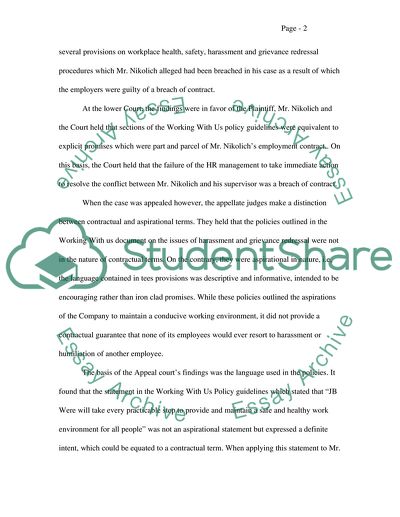Cite this document
(“Human Resource Management Essay Example | Topics and Well Written Essays - 2250 words - 4”, n.d.)
Retrieved from https://studentshare.org/miscellaneous/1542786-human-resource-management
Retrieved from https://studentshare.org/miscellaneous/1542786-human-resource-management
(Human Resource Management Essay Example | Topics and Well Written Essays - 2250 Words - 4)
https://studentshare.org/miscellaneous/1542786-human-resource-management.
https://studentshare.org/miscellaneous/1542786-human-resource-management.
“Human Resource Management Essay Example | Topics and Well Written Essays - 2250 Words - 4”, n.d. https://studentshare.org/miscellaneous/1542786-human-resource-management.


